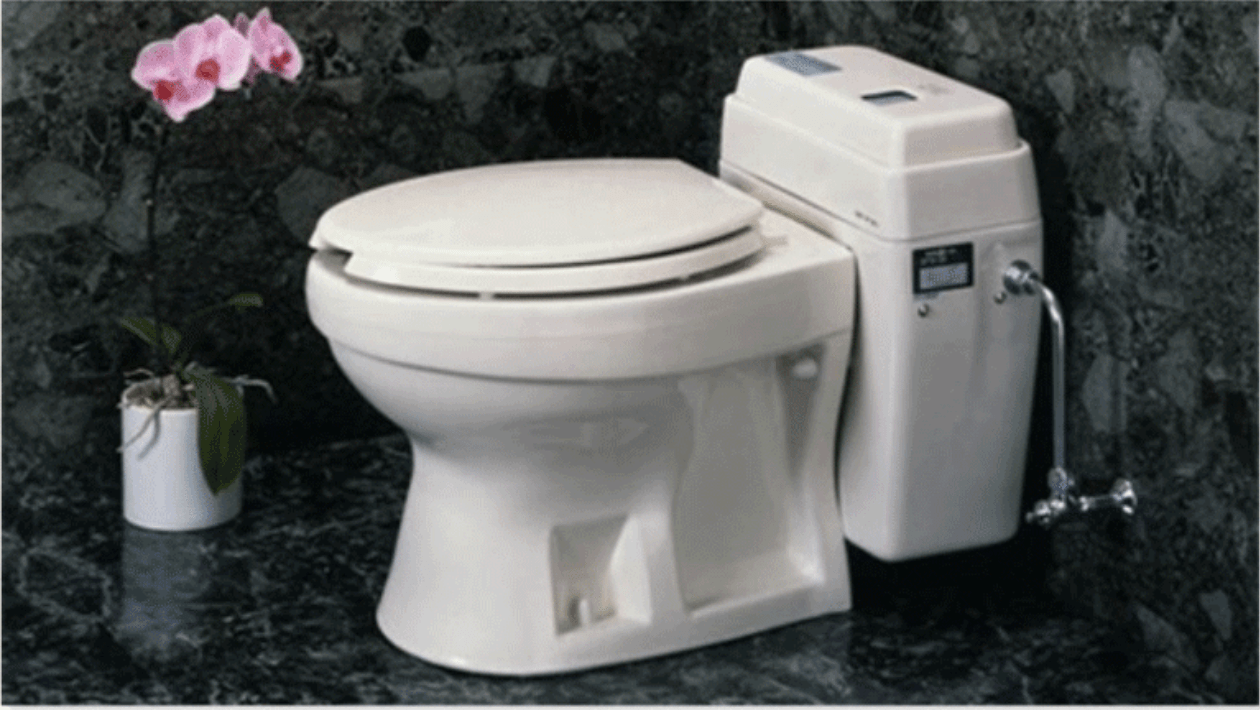
The Nepon 3-ounce Foam-Flush Toilet is offered exclusively by Clivus New England and offers the highest water efficiency for your project.

Explore the inner workings of our high efficiency
3-ounce foam-flush toilet.
CNE Keys to Success
Our keys to success are eliminating water-flushing toilet fixtures, source separating wastewater flows into blackwater and greywater, and allowing for the use of composting and greywater technologies. Clivus opens opportunities to:
- Unsewered areas
- Difficult sites
- Nitrogen loading restrictions
- Locations with high groundwater
- Sites with limited space
- Areas with poor soils
- Water efficiency
- Wastewater reuse
- Sustainable waste treatment
- Non-invasive designs
- Wastewater reduction
- Preservation and conservation
Why Clivus?
Clivus systems protect and conserve water and soil.
Conventional on-site waste treatment systems misuse water and create pollution. Composting systems reduce water used for flushing by over 97%, compared with 1.6 gallons per flush toilets. They turn waste into stable dry and liquid end-products useful as fertilizer. Greywater systems reuse wash water on site for plant irrigation. Thus, in new construction the combination of composting and greywater systems eliminates the need for expensive, invasive, and polluting infrastructure.
In the United States, 4.8 billion gallons of water are used annually to carry waste to either septic systems or sewage treatment plants. This waste water contains, in addition to human excreta, toxic substances dumped by industry which are then discharged into water and soil. Both the waste and the toxic substances profoundly damage eco-systems and threaten human health.
FEATURED PROJECT

Crane Beach Opens Sustainable Bathhouse!
Crane Beach in Ipswich, MA has been a landmark in the coastal Northeast for close to a century. Operated and maintained by The Trustees of the Reservations as a recreation and conservation area, it is also the home of a wildlife refuge and the nesting grounds for the endangered piping plover… Read More →


